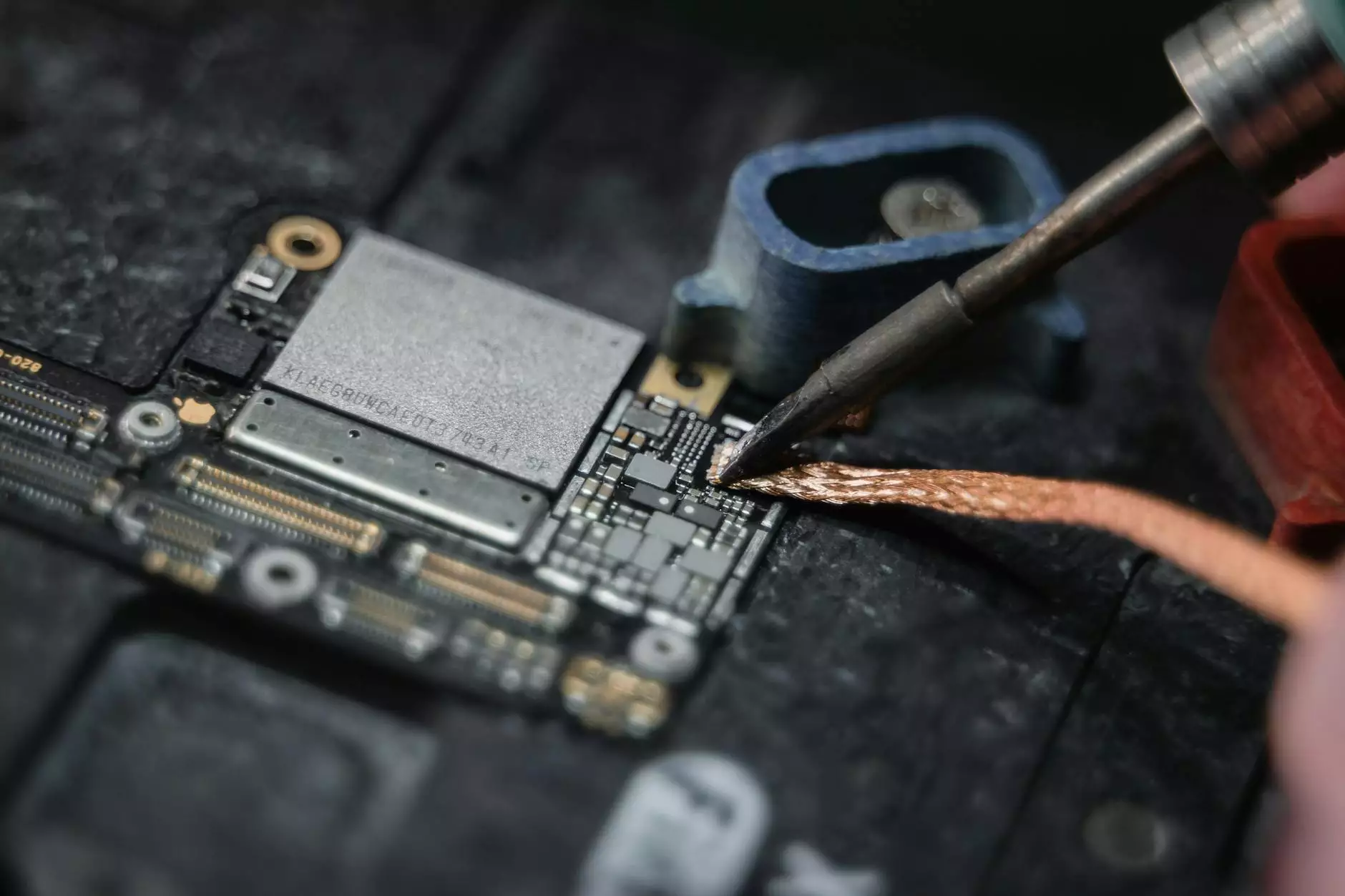Understanding Blood Clots in the Shin: Risks, Symptoms, and Treatments

Blood clots in the shin, also known as deep vein thrombosis (DVT), are a significant health concern that can lead to severe complications if not diagnosed and treated promptly. In this comprehensive article, we will explore the causes, symptoms, risk factors, and treatment options for blood clots specifically in the shin area, empowering you with the knowledge to recognize this condition effectively.
What Is a Blood Clot?
A blood clot is a gel-like mass formed by platelets and fibrin that helps to stop bleeding. While this process is essential in preventing excessive blood loss from injuries, clots can form inappropriately within blood vessels, leading to complications.
Types of Blood Clots
Blood clots can be categorized into two primary types:
- Arterial Blood Clots: These occur in the arteries and can restrict blood flow to the heart or brain, potentially causing a heart attack or stroke.
- Venous Blood Clots: These typically occur in the veins of the legs, such as the shin, and are often associated with conditions like deep vein thrombosis.
Blood Clots in the Shin: What You Need to Know
When we refer to a blood clot in the shin, we are usually talking about a thrombus that forms in the venous system of the leg. This condition can pose serious health risks if the clot dislodges and travels to the lungs, resulting in a pulmonary embolism.
Causes of Blood Clots in the Shin
Blood clots can form for several reasons:
- Prolonged Immobility: Situations such as long flights or bed rest can slow blood circulation.
- Injury: Trauma to the leg can damage blood vessels, leading to clot formation.
- Medical Conditions: Conditions such as cancer, heart disease, and certain hormonal disorders can increase clot risk.
- Genetic Factors: Some individuals have inherited disorders that predispose them to clotting.
- Medications: Birth control pills and hormone replacement therapies can elevate the risk of clots.
Symptoms of Blood Clots in the Shin
Recognizing the symptoms of a blood clot in the shin is crucial. Common signs include:
- Swelling: The affected area often appears swollen and may feel warm to the touch.
- Pain: Pain or tenderness in the leg, especially when standing or walking, is common.
- Redness or discoloration: The skin may change color, often appearing reddish or bluish.
- Hardness: The area may feel firm or hard due to the clot.
Diagnosis of Blood Clots in the Shin
If you suspect a blood clot, it is important to seek medical attention. Diagnosis typically involves:
- Physical Examination: A healthcare provider will assess symptoms and medical history.
- Ultrasound: This imaging test uses sound waves to visualize blood flow and detect clots.
- Blood Tests: D-dimer tests can help identify abnormalities in clotting.
Risks Associated with Blood Clots in the Shin
Blood clots in the shin can lead to serious complications, including:
- Pulmonary Embolism: This life-threatening condition occurs if a clot travels to the lungs.
- Post-Thrombotic Syndrome: This chronic condition involves pain, swelling, and skin changes in the affected leg.
Treatments for Blood Clots in the Shin
Effective treatment of blood clots in the shin is essential to prevent complications. Common treatment options include:
- Anticoagulants: Medications such as heparin and warfarin help thin the blood and prevent the clot from growing.
- Thrombolytics: In severe cases, these drugs can dissolve the clot.
- Compression Stockings: These can help reduce swelling and prevent post-thrombotic syndrome.
- Surgery: In rare scenarios, surgical intervention may be required to remove the clot.
Preventing Blood Clots in the Shin
Preventive measures are crucial for reducing the risk of blood clots. Here are effective strategies:
- Stay Active: Regular physical activity improves circulation.
- Stay Hydrated: Drinking plenty of fluids is vital, especially during long travels.
- Compression Garments: Wearing compression stockings during long flights or periods of immobility can be beneficial.
- Avoid Smoking: Smoking is a significant risk factor for blood clots.
When to Seek Medical Attention
Recognizing when to seek help is crucial. If you experience any combination of the symptoms mentioned or have risk factors for blood clots, visit a healthcare provider immediately. Early diagnosis and treatment can be lifesaving.
Conclusion
Blood clots in the shin can pose serious health risks, but understanding the causes, symptoms, and treatments is essential for effective management. By being proactive and informed, you can help protect yourself and your loved ones from this potentially dangerous condition.
For further information and personalized advice, you can consult with vascular specialists at Truffles Vein Specialists. They are experts in vascular medicine and can offer comprehensive solutions tailored to your needs.
blood clot in shin








